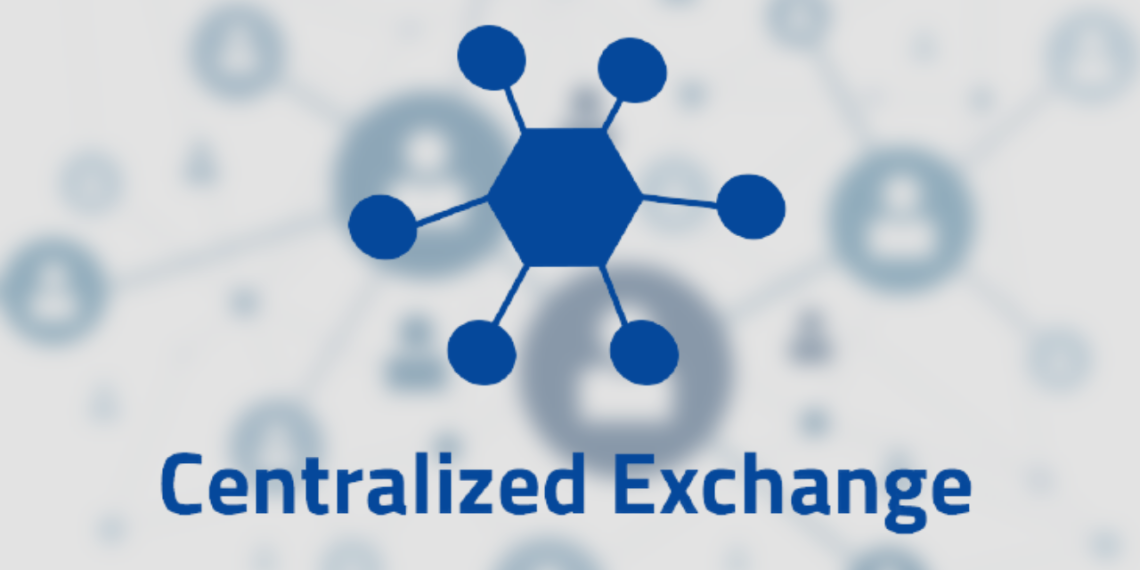Undoubtedly, decentralised exchanges are an exciting development in cryptocurrency. DEXs enable the direct exchange of cryptocurrencies between users without requiring a trusted third party. This allows consumers to retain control of their finances.
However, though DEXs have their benefits, they still lack rules and scalability, which are crucial factors that might influence the future trajectory of the crypto market. Centralised exchanges will play a vital role in this ecosystem, providing the liquidity necessary to expand the crypto community.
The advantages of centralised exchanges’ KYC
DEXs are often unregulated and do not require Know Your Customer authentication from their users. Many erroneously think that DEXs have no responsibility, despite being peer-to-peer marketplaces operating on a blockchain and governed by smart contracts.
DEXs will find it increasingly difficult to dodge rules or go under authorities’ radar in the current environment, especially as client protection gains significance in this industry.
Centralised exchanges have the upper hand in this aspect, as they are already subject to laws, and the majority have KYC verification mechanisms. For example, centralised exchanges such as CoinSpot w must follow a standardised compliance method for KYC, AML, and CTF. The security measures deter unlawful transactions and enhance the platform’s wallet security. (You can read more in this CoinSpot Review Article to know aboutsome high security standards a crypto exchange should have)
Offering consumers a superior trading experience
DEXs tend to have lesser volume and liquidity than centralised exchanges, despite their rising popularity. Having appropriate liquidity depth assists centralised exchanges in managing large market fluctuations and volatility spikes.
Bitfinex provides the deepest liquidity for Bitcoin (BTC) and Ether (ETH). Bitfinex’s underlying strength and depth of liquidity were most apparent during the 24 hours between March 12 and 13, when Bitcoin’s price dropped by 50%. During this period, Bitfinex reportedly accounted for the bulk of top-tier exchange trading volume on the BTC/USD and BTC/Tether (USDT) markets.
While DEXs offer non-custodial solutions and operate everything on-chain, making every order and transaction public on-chain opens the door for blockchain node administrators to front-run user transactions. This can impede both the individual trading experience and the development of the cryptocurrency community.
Decentralised exchanges (DEXs) vs. Centralised exchanges (CEXs). Source: GetSmarter
Centralised exchanges will boost crypto adoption.
In terms of scalability, DEXs have the opportunity to develop because of their restricted capacity.
Some of the quickest blockchains claim to be capable of processing up to 50,000 transactions per second. However, this may be deceptive since this number may not indicate a throughput of 50,000 transactions per second for each specified pair or product. If many products are displayed, the capacity per product may reduce to 500 transactions per second.
The influx of more users into DEXs may create network latency, increase network transaction costs, as observed on Ethereum, and impede the scalability of blockchains.
Meanwhile, centralised exchanges are scalable, high-performance infrastructures and their interconnectedness facilitates a range of trading tactics, including high-frequency trading. This enables centralised exchanges to attract the institutional and professional investors necessary for the crypto sector to develop and achieve widespread acceptance.
In reality, centralised exchanges have begun offering non-custodial options, borrowing a page from DEXs’ playbook. Such hybrid systems enable centralised exchanges to deliver a high-performance user experience and self-custody advantages while keeping compliant with laws.
As decentralised exchanges increasingly find their place, centralised exchanges will undoubtedly continue to grow and play a crucial role in guiding the crypto business and community in the next few years.












